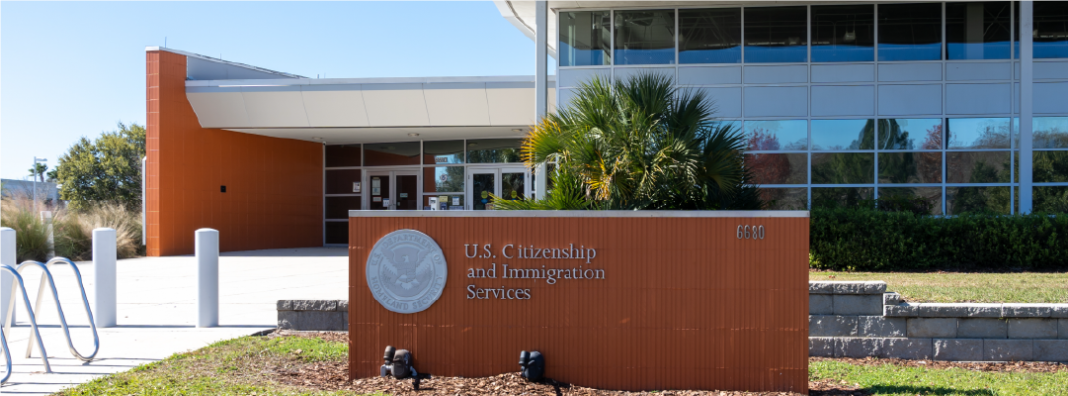
On March 9, the Florida House passed the state’s immigration bill, SB1808, sending the bill to Governor DeSantis. The bill is one part in the ongoing debate in Florida about the costs of immigration. However, Florida’s current conversation – as reflected in this legislation – is missing the benefits of immigration.
Debating immigration’s costs can be a tedious issue. One way to think of it is like going to dinner with friends and splitting the bill. Are immigrants the friends that you trust to pay their own share? When it comes to Florida, a wealth of economic research gives the state more cause for celebration than concern.
On the whole, national and international research suggests that immigrants pay more than their share.
It’s true that less-educated and poorer immigrants can be a cost to the state. But that is only true in the short term. Research shows that the “cost” of immigration in Florida is actually a good investment. The total cost was just less than $2 billion in 2019, which is a lot of money. But for every dollar spent on immigrants, 89 cents of it goes to paying for their children’s education.
About 90% of the costs are spent as an investment in the future productivity of immigrants and their children. So that “cost” is more like an investment in a 401K than a real cost to the state.
Someone who complains that their 401K cost them $1,000 in February doesn’t understand that they will make that money back and more. It’s the same story with immigration. Educating immigrants and their children costs money today, yes. But in 12 years, today’s first-graders are educated, productive workers.
For evidence of this, we need look no further than a 2016 report on immigration by the nonpartisan National Academies of Sciences (NAS). According to the report’s analysis of Florida, there is only a cost to Florida for the first generation of immigrants. Each first generation of immigrant (legal or illegal), receives about $400 more in public spending than they pay in taxes. But their children go on to pay $1,200 more in taxes than they receive.
In other words, the NAS report shows that Florida’s spending on immigration is an investment that pays back triple. To bring back our dinner analogy, every time Florida buys dinner for an immigrant, that immigrant’s son or daughter pays the state back and buys dinner for two more people.
These economic arguments also shouldn’t distract from education’s role in integrating and assimilating immigrants and their children. The child who speaks Spanish at home and English at school becomes a bilingual American adult who likely raises English-speaking children as well. Additionally, immigrants with better English skills will find higher-paying jobs and, in turn, contribute more in taxes. That’s one more reason to view the costs of immigration as an investment in Florida’s future.
Florida also needs more workers to power its economy. An analysis by Pew shows that job openings outnumber unemployed workers in Florida. This finding is true for Florida and 41 other states. Without workers, businesses struggle, some even close. If there’s no one to staff the store, then consumers go without.
Of course, needing workers is a sign of economic success. But if a labor shortage drives wages up at a slower pace than inflation, inflation could get out of hand. As the Chamber of Commerce pointed out in mid-January, having a larger labor supply keeps inflation in check. Immigrants are a valuable labor source and help a growing economy continue on a positive trend.
It’s true that Florida spends a lot of money on immigrants and their children. It’s also true that this is one of the best investments Florida can make towards its own bright future.



 Real Clear Policy
Real Clear Policy